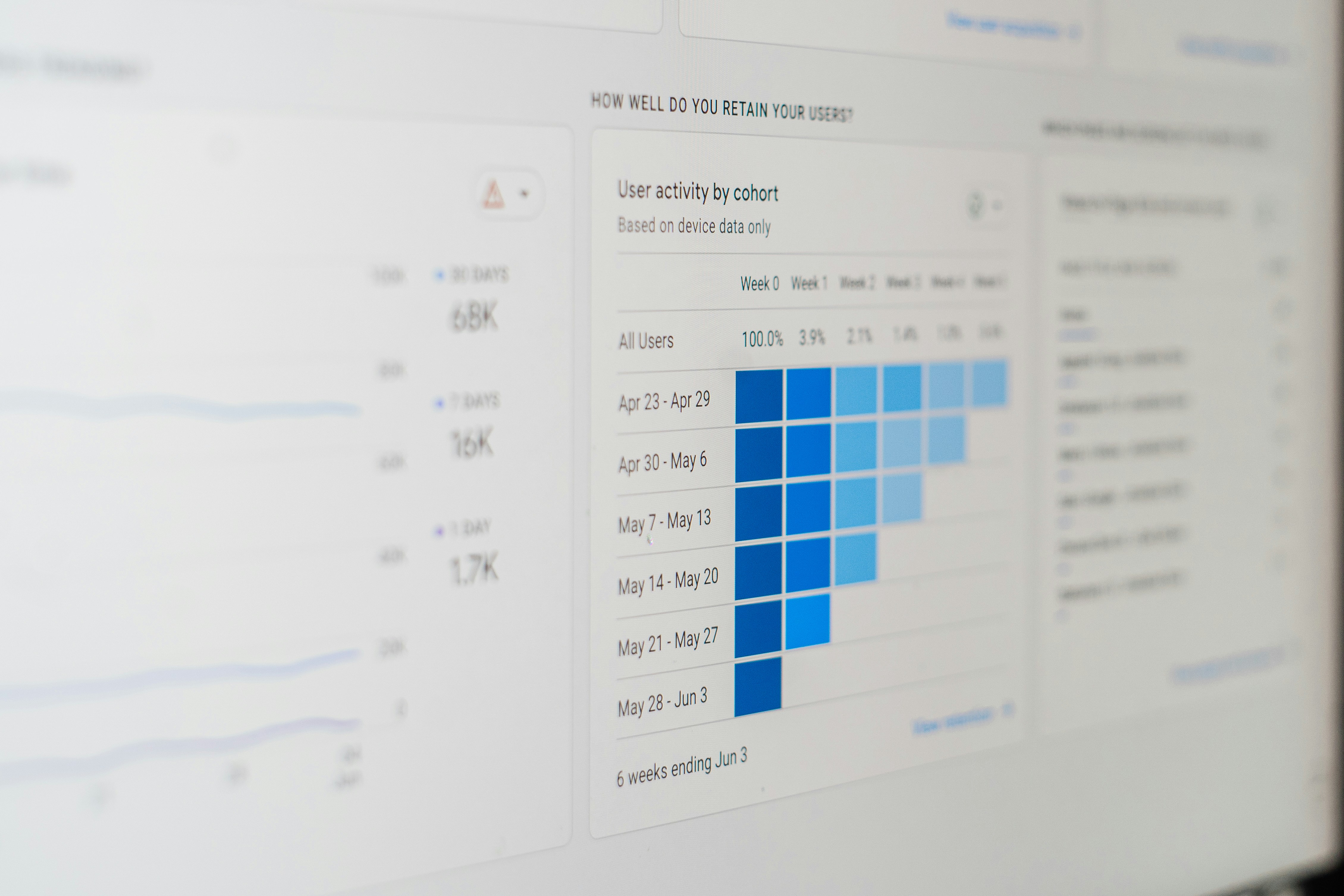The Technology Behind Artificial Heart Pacemakers: Safety and Innovations

- Introduction to Artificial Heart Pacemakers
- How Pacemakers Work: The Technology Explained
- Types of Pacemakers: Choosing the Right Device
- The Safety Features of Modern Pacemakers
- Risks and Complications Associated with Pacemaker Implantation
- Technological Innovations in Pacemaker Design
- The Role of Telemedicine in Pacemaker Management
- Patient Experience: Living with a Pacemaker
- Future Perspectives: The Evolution of Pacemaker Technology
Introduction to Artificial Heart Pacemakers
Artificial heart pacemakers are vital medical devices essential for managing abnormal heart rhythms, known as arrhythmias, and conditions like heart block. These devices play a crucial role in ensuring that the heart maintains a consistent rhythm, thereby supporting efficient blood flow throughout the body. The primary function of a pacemaker is to monitor heart activity and transmit electrical impulses to stimulate the heart to beat at a regular pace. This regulation is particularly significant for patients suffering from conditions that impede the heart’s ability to beat naturally.
The development of artificial heart pacemakers has marked a major advancement in cardiac care, significantly enhancing the quality of life for numerous individuals dealing with heart-related issues. These devices can be programmed according to the specific needs of the patient, allowing customized treatment plans that further contribute to improved health outcomes. The innovations in pacemaker technology have led to the creation of smaller, more efficient devices, some of which can even be implanted through minimally invasive procedures, reducing recovery times and risks associated with traditional surgery.
Furthermore, the integration of advanced technology into pacemaker design has resulted in features such as automatic adjustment to physical activity levels and wireless communication with healthcare providers for continuous monitoring. These advancements not only ensure timely response to irregular heartbeats but also empower patients to lead healthier, more active lives, free from the limitations posed by their conditions. By understanding the function and significance of artificial heart pacemakers, we gain insight into how they enhance cardiac health and provide essential support for individuals with serious heart rhythm disturbances.
How Pacemakers Work: The Technology Explained
Artificial heart pacemakers are intricate medical devices designed to regulate the heart’s rhythm, particularly useful for patients with arrhythmias or other heart complications. Central to their operation is the pulse generator, a small unit that houses a battery and electronic circuitry. This generator generates electrical impulses that stimulate the heart to beat at a proper rate. Typically, the pulse generator is implanted under the skin, usually near the collarbone, offering a discreet option for individuals requiring cardiac assistance.
Integral to the pacemaker’s function are the leads, which are insulated wires that connect the pulse generator to the heart. The number of leads can vary depending on the type of pacemaker, and they are responsible for both delivering electrical impulses and sensing the heart’s natural rhythms. These leads are equipped with electrodes at their tips, which make contact with the heart tissue. The electrodes are crucial as they capture electrical activity from the heart and transmit this data back to the pulse generator for analysis. This interaction allows the device to determine when to fire pulses to maintain a steady heartbeat.
There are various types of pacemakers available, each tailored to meet specific patient needs. For instance, single-chamber pacemakers utilize one lead in either the right atrium or right ventricle, while dual-chamber pacemakers utilize two leads to coordinate the timing of both atrial and ventricular contractions. More advanced options, such as biventricular pacemakers, are employed for patients with heart failure, enhancing the heart’s pumping efficiency by synchronizing the contractions of both ventricles. The technology behind these devices continues to evolve, integrating advanced features such as wireless monitoring and adaptive pacing algorithms, ultimately enhancing patient care and outcome.
Types of Pacemakers: Choosing the Right Device
Pacemakers are vital devices designed to regulate heart rhythms and ensure that the heart beats at a normal rate. Different types of pacemakers are available, each catering to specific needs based on the patient’s heart condition. The three primary types of pacemakers include single-chamber, dual-chamber, and biventricular pacemakers. Understanding the distinctions between these devices is crucial in selecting the most suitable option for a patient.
A single-chamber pacemaker is typically implanted in the right atrium or ventricle and is designed to stimulate one chamber of the heart. This type is generally recommended for patients with simple heart rhythm issues, such as bradycardia, where only one chamber requires pacing. It helps enhance the heart’s efficiency and maintain appropriate blood flow.
In contrast, a dual-chamber pacemaker connects to both the atrium and ventricle, facilitating coordinated heart contractions. This type is often preferred for individuals with more complex arrhythmias, as it can deliver signals to both heart chambers, mimicking the heart’s natural pacing mechanisms. This feature reduces the risk of atrial fibrillation and facilitates improved blood circulation.
Biventricular pacemakers represent the latest advancements in pacing technology. These devices stimulate both ventricles, coordinating their contractions and optimizing heart function. Primarily used for patients with heart failure, a biventricular pacemaker is often part of a treatment strategy known as cardiac resynchronization therapy (CRT). Studies have demonstrated that CRT can significantly improve symptoms in patients with severe heart failure by enhancing heart performance and quality of life.
Healthcare providers determine the ideal type of pacemaker for a patient based on a comprehensive evaluation of the individual’s heart condition, medical history, and potential risks. Recent innovations in pacemaker technology have expanded treatment options, ensuring more patients can benefit from tailored cardiac care.
The Safety Features of Modern Pacemakers
Modern pacemakers have undergone significant advancements in technology and design, focusing on enhancing patient safety. One critical feature is the integration of built-in defibrillators, which are designed to detect and correct life-threatening arrhythmias. This automatic response ensures that if a patient’s heart experiences a dangerous rhythm, the pacemaker can deliver a therapeutic shock to restore normal function, thus reducing the risk of sudden cardiac arrest. The inclusion of defibrillation technology not only adds to the reliability of pacemakers but also instills confidence in both patients and healthcare providers.
Another notable safety feature is battery life monitoring. Modern pacemakers are equipped with sophisticated sensors that continuously assess battery levels, providing real-time feedback on the device’s power status. This capability helps in preventing unexpected failures by alerting patients and healthcare professionals when replacement is necessary. Additionally, many pacemakers now utilize batteries designed for extended longevity, often lasting up to ten years or more under normal operating conditions. Such advancements in battery technology alleviate concerns regarding frequent replacements and contribute to overall patient safety.
Moreover, fail-safe mechanisms are integral to the design of contemporary pacemakers. These systems are programmed to ensure that the device continues to function even in the event of a malfunction. For instance, should a primary sensing lead fail, the pacemaker can automatically switch to backup leads, maintaining the heart’s rhythm without interruption. Additionally, the use of biocompatible materials reduces the risk of complications related to device implantation. Overall, these safety protocols and innovations collectively enhance the reliability of modern pacemakers, providing peace of mind for patients relying on these life-sustaining devices.
Risks and Complications Associated with Pacemaker Implantation
The implantation of a pacemaker, while generally considered safe, does carry certain risks and potential complications that patients and healthcare providers must be aware of before proceeding with the procedure. One of the most significant risks is the possibility of infection at the site of the incision. Infections can occur if proper sterilization techniques are not employed during the surgery or if postoperative care is not meticulously followed. Symptoms of infection may include increased redness, swelling, and discharge, necessitating prompt medical intervention.
Another common concern is lead dislodgment, which occurs when the electrical leads that connect the pacemaker to the heart move from their intended position. This can lead to ineffective pacing, requiring subsequent corrective procedures to reposition the leads. Patients should be monitored carefully for signs of lead malfunction, which can be prompted by excessive physical activity soon after the implantation.
Adverse reactions to anesthesia can also pose risks during the pacemaker implantation process. Individuals may experience allergic reactions or complications stemming from underlying health issues, such as respiratory problems or cardiovascular conditions. Therefore, a comprehensive medical evaluation prior to the procedure is essential to identify patients at greater risk.
Post-implantation, continuous patient monitoring is imperative to detect and manage any potential complications early on. Regular follow-up care is essential to ensure that the pacemaker is functioning correctly and to assess the patient’s overall health. Utilizing advanced technologies, healthcare professionals can effectively track pacemaker performance and provide necessary adjustments. Overall, while neat innovations in pacemaker technology have improved patient safety, comprehensive awareness and management of associated risks remain critical for successful outcomes.
Technological Innovations in Pacemaker Design
The field of cardiac care has undergone significant transformation with the advent of technological innovations in pacemaker design. These advancements not only improve the functionality of devices but also enhance patient safety and overall care. Among the notable innovations are MRI-compatible pacemakers, which enable patients to undergo MRI scans without the risk of device malfunction. Traditionally, patients with pacemakers were often advised against MRI due to the potential interference with the device; however, the development of these advanced systems has eradicated this concern, allowing for more comprehensive medical assessments.
Another significant advancement is the incorporation of remote monitoring capabilities into pacemaker systems. This technology allows healthcare providers to receive real-time data about a patient’s heart rate, device status, and potential complications. Consequently, it facilitates timely interventions, reduces the need for frequent clinic visits, and empowers patients to take an active role in managing their health. By leveraging secure internet connections, remote monitoring systems enhance accessibility and can lead to improved health outcomes.
Additionally, leadless pacemakers represent a groundbreaking shift in device design. This innovative approach eliminates the need for leads, which are traditionally used to connect the device to the heart. Leadless options are implanted directly into the heart’s chamber, minimizing the risk of complications such as infection and lead dislodgment. The compact design of these devices also allows for less invasive procedures, which can result in faster recovery times for patients. As the technology continues to evolve, leadless pacemakers represent a promising avenue for enhancing patient care while addressing some of the limitations of conventional pacemaker systems.
Overall, these technological innovations, including MRI-compatible devices, remote monitoring capabilities, and leadless solutions, signify a marked improvement in the effectiveness and safety of pacemakers, thereby fostering better patient outcomes and quality of life.
The Role of Telemedicine in Pacemaker Management
Telemedicine has increasingly become an integral part of healthcare, particularly in managing patients with pacemakers. This innovative approach utilizes remote monitoring systems to closely track patients’ heart health metrics from the comfort of their homes. By enabling continuous observation, telemedicine significantly enhances the ability to detect any irregularities or complications that may arise after pacemaker implantation.
One of the primary benefits of telemedicine in pacemaker management is the ability to provide timely interventions. Remote monitoring allows healthcare providers to receive real-time data on a patient’s cardiac activity, including heart rate and rhythm. If any deviations are noted, clinicians can promptly adjust treatment plans or suggest necessary follow-up examinations. This proactive approach minimizes potential risks associated with untimely responses to heart health issues, thereby ensuring patients receive optimal care.
Moreover, telemedicine fosters improved patient engagement. Patients often express higher satisfaction when they can monitor their health without frequent trips to healthcare facilities. Remote check-ins reduce the burden of travel and associated expenses, making it easier for patients to stay informed and involved in their healthcare routines. Such engagement can lead to better adherence to prescribed medications and lifestyle changes, further improving patients’ overall wellbeing.
The growing implementation of telemedicine in pacemaker management exemplifies a shift towards more patient-centered care. It harmonizes technology and healthcare by leveraging digital tools to foster connections between patients and providers. By embracing these innovations, the healthcare sector can enhance the management of heart conditions, ultimately making pacemaker management safer and more effective. As telemedicine continues to evolve, its role in this arena is expected to expand, benefiting both patients and healthcare providers alike.
Patient Experience: Living with a Pacemaker
Living with a pacemaker is a transformative experience that often encompasses a range of physical and emotional adjustments. For many patients, the initial adjustment begins immediately following the implant procedure. Many report a sense of relief, often accompanied by a newfound appreciation for a stable heartbeat, especially after experiencing arrhythmias or other heart-related issues prior to the surgery.
Physically, patients may notice differences in their energy levels and overall stamina. Following the implant, some individuals experience a quick return to normal activities, while others may find the recovery period longer and more challenging. Many report a gradual increase in their ability to engage in daily physical activities, such as walking, climbing stairs, and even exercising. However, there are also limitations; medical professionals often recommend avoiding certain activities, especially those involving heavy lifting or high-impact sports during the recovery phase.
Emotions can run high during this transition. While some individuals feel empowered by the technology that supports their hearts, others may experience anxiety or a fear of dependency on a device. Support groups and therapy can be incredibly beneficial, connecting patients with others who share similar experiences. The emotional adjustments can be profound, as many navigate a landscape of trust and reliance on technology, balancing between the reassurance it provides and the fear of unforeseen complications.
Social impacts are also significant, as patients may alter their lifestyle habits to accommodate their health condition. This could mean more careful planning for activities, travel considerations, and ongoing medical appointments for device check-ups. However, many express that the incorporation of a pacemaker ultimately enhances their quality of life, allowing them to reclaim activity levels they once thought unachievable. Overall, living with a pacemaker involves a complex blend of adaptation, which shapes one’s health outlook and daily existence in meaningful ways.
Future Perspectives: The Evolution of Pacemaker Technology
The future of pacemaker technology appears promising, fueled by ongoing research and the rapid advancement of medical science. As our understanding of cardiac health deepens, innovations in pacemaker design and functionality are anticipated to play a pivotal role in enhancing patient care. One significant direction for future development involves the integration of biocompatible materials, which aim to minimize adverse reactions within the body. These materials could potentially increase the longevity and effectiveness of pacemakers, creating a more seamless experience for patients.
Another exciting trend in pacemaker technology is the incorporation of artificial intelligence (AI). By leveraging data analytics and machine learning, AI can help in monitoring a patient’s heart rhythms in real-time, facilitating immediate responses to any irregularities. This predictive capability could transform the management of cardiovascular health, allowing healthcare providers to intervene proactively rather than reactively. Such advancements may not only improve patient outcomes but also enhance the overall efficiency of health systems.
Furthermore, there is an increasing focus on personalized medicine, which emphasizes tailored treatments based on individual patient profiles. Future pacemakers may come equipped with features that adapt to the unique physiological conditions of each user, such as variable pacing algorithms and sensors that adjust functionality according to patient activity levels. This individualized approach may significantly enhance the effectiveness of pacemaker devices, leading to more favorable health outcomes.
Finally, as we explore the possibilities of remote monitoring and connectivity, pacemaker technology may evolve to support telehealth solutions, enabling continuous assessment of heart health from the comfort of a patient’s home. In conclusion, the trajectory of pacemaker technology reflects a commitment to innovation and enhanced patient safety, marking an exciting chapter in cardiovascular health management.













